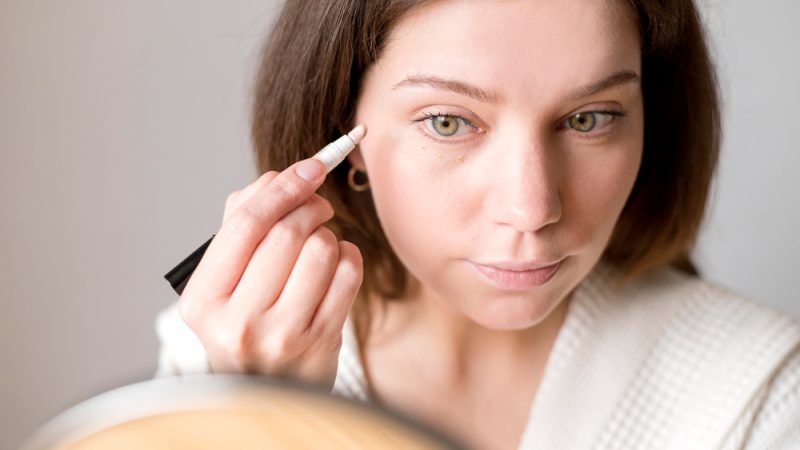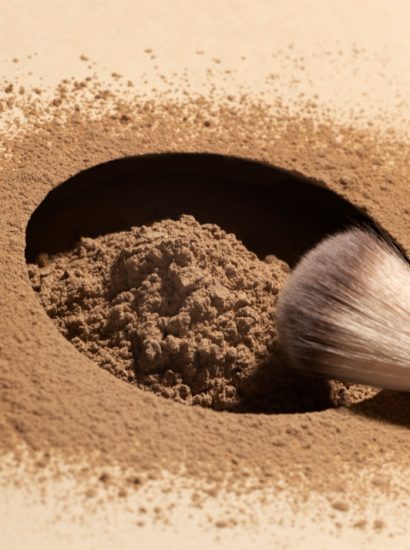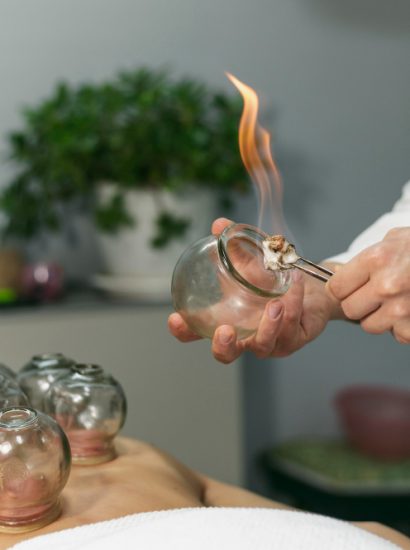In the age of selfies and social media, Whitening Pen a radiant white smile can boost your confidence and leave a lasting impression. One of the most convenient and affordable ways to achieve that glow is through a whitening pen. Compact, easy to use, and often fast-acting, whitening pens are popular for at-home teeth whitening. However, many people worry about sensitivity—the unpleasant zings that sometimes come after whitening treatments.
The good news? You can use a whitening pen effectively without causing discomfort. In this article, we’ll share 10 expert-backed tips to help you get the best results from your whitening pen while keeping sensitivity at bay.
1. Choose a Whitening Pen with Gentle Ingredients
Not all whitening pens are created equal. Many contain high concentrations of hydrogen peroxide or carbamide peroxide, which can cause tooth and gum sensitivity. If you’re prone to discomfort, opt for a pen that uses low-concentration peroxide (6–10%) or peroxide-free alternatives like PAP (Phthalimidoperoxycaproic Acid).
Look for:
Dentist-approved labels
Non-abrasive formulas
Sensitive teeth formulations
Bonus: Aloe vera, potassium nitrate, and xylitol are soothing additives found in sensitivity-safe pens.
2. Always Brush and Floss Before Application
Clean teeth allow the whitening gel to adhere evenly and work more effectively. Brushing removes plaque and surface stains, while flossing ensures the gel can reach between teeth.
Important:
Use a soft-bristled toothbrush and non-whitening, fluoride toothpaste before whitening to avoid enamel abrasion.
3. Apply a Thin, Even Layer of Whitening Gel
More gel doesn’t mean better results—it can actually increase the risk of gum irritation and tooth sensitivity. A thin, controlled layer is all you need.
Application tip:
Dry your teeth with tissue before applying the gel.
Smile wide for 30–60 seconds to let the gel dry and set properly.
Avoid touching your lips to your teeth during this time.
4. Avoid Whitening Immediately After Acidic Foods or Drinks
Acidic substances like citrus, soda, vinegar, and wine soften your enamel, making it more prone to damage from whitening agents. Give your teeth at least 30–60 minutes after consuming anything acidic before applying a whitening pen.
Better yet:
Whiten your teeth first thing in the morning or before bed, when your mouth is clean and saliva production is lower.
5. Don’t Overuse the Whitening Pen
Using a whitening pen too frequently can weaken enamel and increase sensitivity. Stick to the recommended usage—usually once or twice a day for 1–2 weeks—and give your teeth time to recover in between sessions.
Watch for warning signs:
Throbbing teeth
Sharp zaps with hot or cold drinks
Inflamed or receding gums
If you experience any of these, take a break from whitening and use desensitizing toothpaste for a few days.
6. Use a Desensitizing Toothpaste Alongside Treatment
Incorporating a desensitizing toothpaste (like those containing potassium nitrate or stannous fluoride) into your daily routine can minimize discomfort and protect enamel during whitening.
Pro tip:
Start using the toothpaste a few days before you begin whitening, and continue during and after the treatment cycle.
7. Avoid Eating or Drinking for 30 Minutes Post-Application
After applying a whitening pen, your teeth are more porous and prone to staining. To maximize results, avoid food and beverages (especially coffee, tea, red wine, or curry) for at least 30 minutes.
Instead:
Stick to water or rinse your mouth gently if you feel any residue.
8. Target the Front Teeth Only
Whitening pens are most effective—and necessary—on the visible front teeth, especially the top row. There’s no need to coat every molar, which can cause unnecessary exposure to peroxide and lead to increased sensitivity.
Keep it focused:
Apply the gel only to the front 6–8 teeth for the most noticeable cosmetic impact.
9. Store Your Whitening Pen Properly
The active ingredients in whitening pens degrade over time, especially when exposed to heat, light, or moisture. Improper storage can reduce the pen’s effectiveness and increase the risk of uneven whitening.
Storage tips:
Keep it in a cool, dry place (but not the fridge)
Always cap tightly after use
Avoid leaving it in the car or near direct sunlight
10. Be Consistent but Patient with Results
Whitening pens are designed for gradual, buildable whitening. You may not see dramatic changes after one or two uses, but consistent application over 1–2 weeks will lead to a brighter, more natural result without the risks associated with harsh treatments.
Realistic expectations:
1–2 shades lighter in 7–10 days
Subtle but noticeable improvement in photos and real life
No “blinding white” look—which keeps things natural
Conclusion: Smile Brightly Without the Sting
A whitening pen is one of the most convenient and effective tools for brightening your smile—especially when used correctly. The key to success is choosing the right product, following a careful routine, and protecting your teeth throughout the process.
By following these 10 tips, you’ll enjoy visible whitening results with minimal to no sensitivity. Remember, every smile is different, so take the time to find what works best for you and be gentle with your enamel.
FAQs
1. How long do whitening pen results last?
Results typically last 2 to 4 weeks, depending on your diet, oral hygiene, and lifestyle habits (like smoking or coffee drinking). Touch-ups every few weeks can help maintain brightness.
2. Can I use a whitening pen if I have sensitive teeth?
Yes, but choose a low-peroxide or peroxide-free formula specifically designed for sensitive teeth, and follow the tips above to minimize discomfort.
3. Are whitening pens safe for daily use?
Most are safe for short-term daily use (1–2 weeks). Prolonged use or over-application can cause enamel erosion or gum irritation, so it’s best to follow manufacturer guidelines.
4. Do whitening pens work on crowns or veneers?
No, whitening pens only work on natural tooth enamel. They will not change the color of dental restorations like crowns, bridges, or veneers.
5. Can I use a whitening pen before a big event?
Absolutely! For best results, start using the pen at least 5–7 days before your event, and avoid staining foods and drinks during the whitening period.
Also read : Winter Face Mask: 8 Ingredients That Combat Seasonal Dullness





